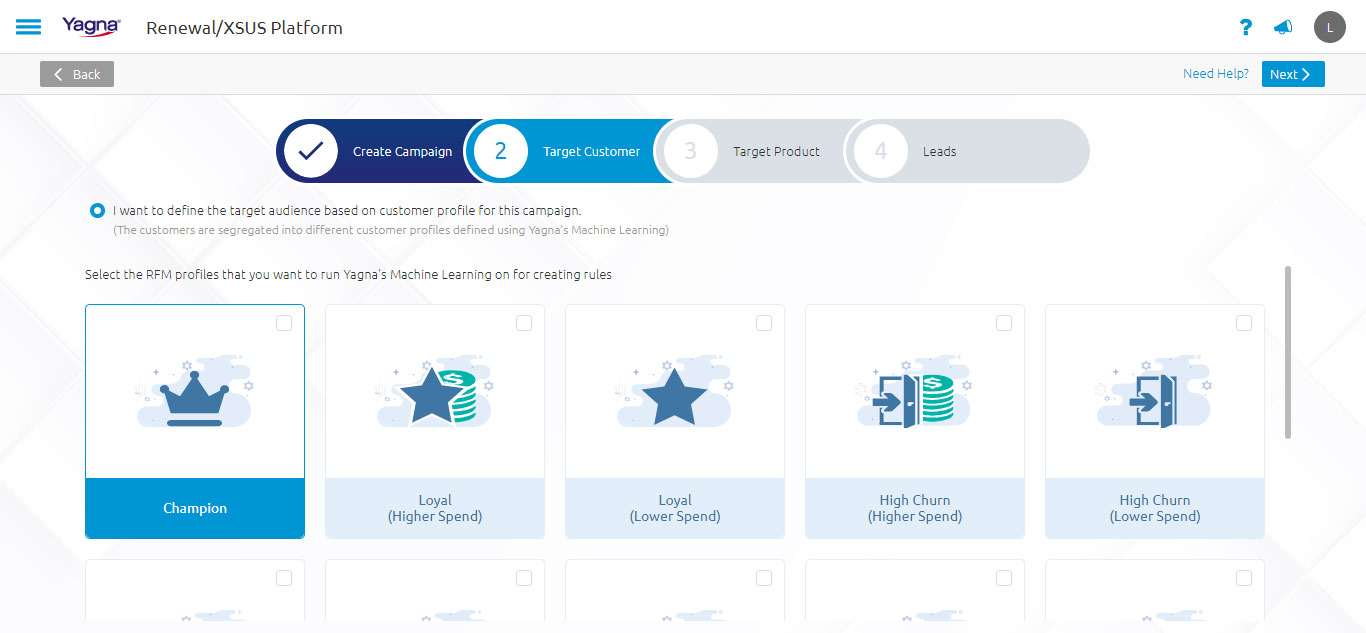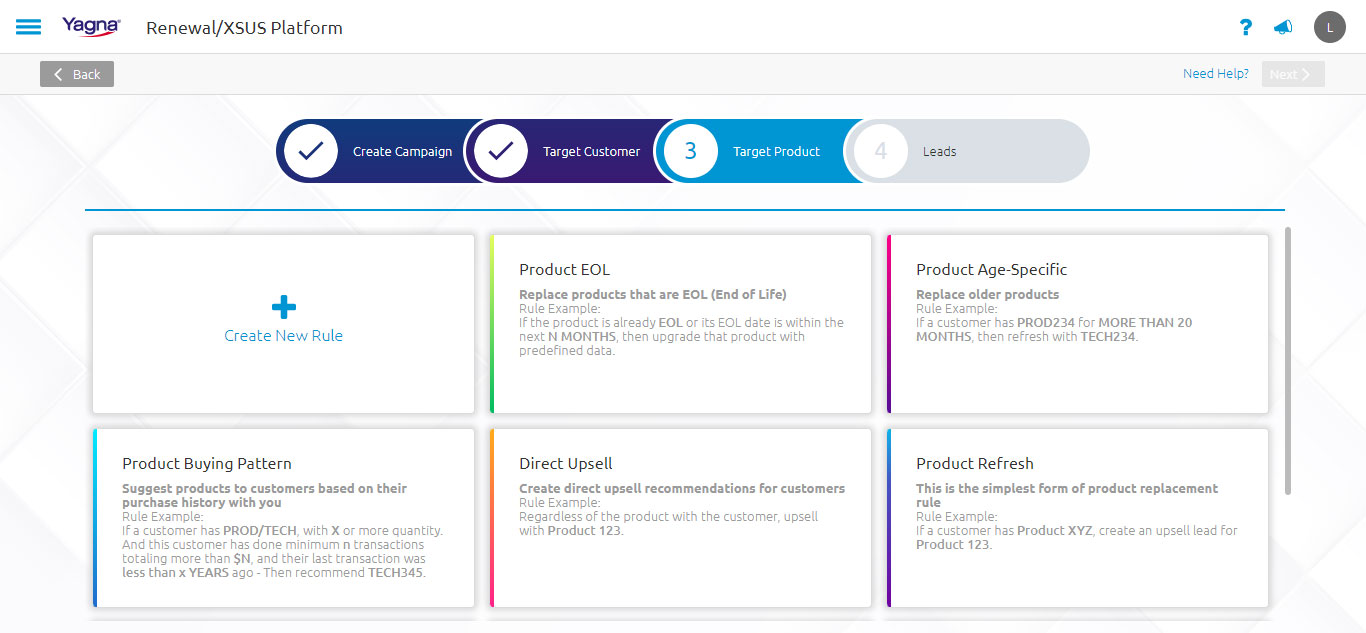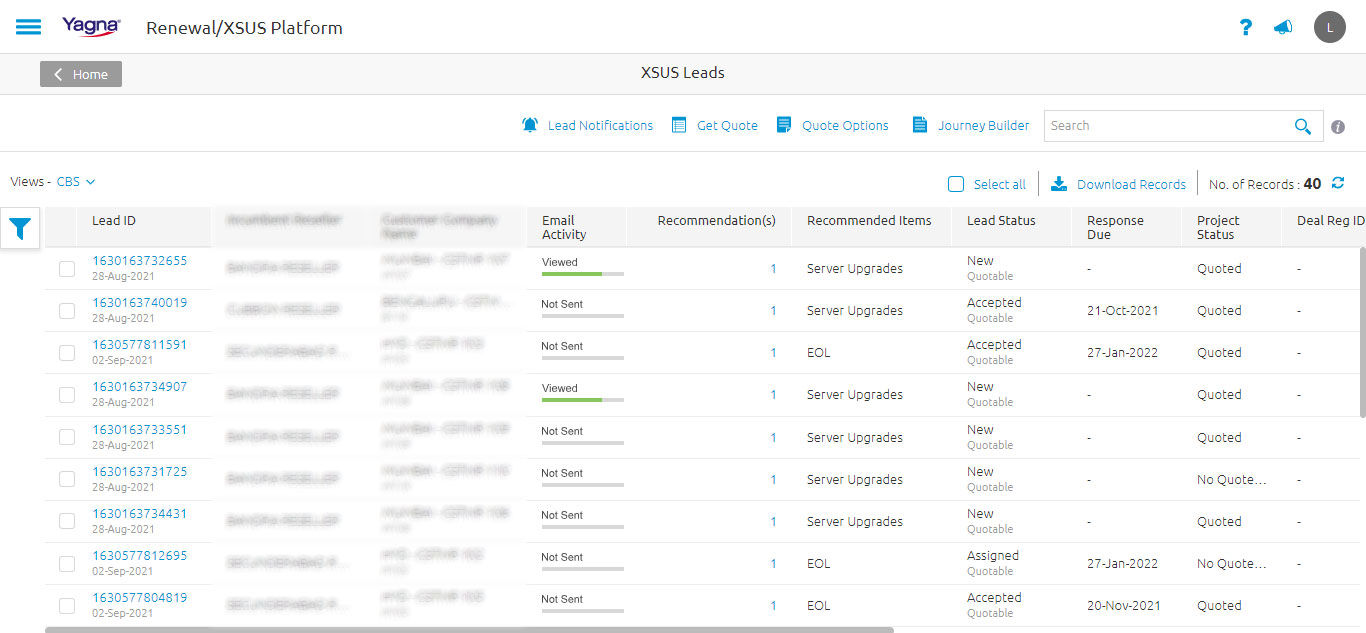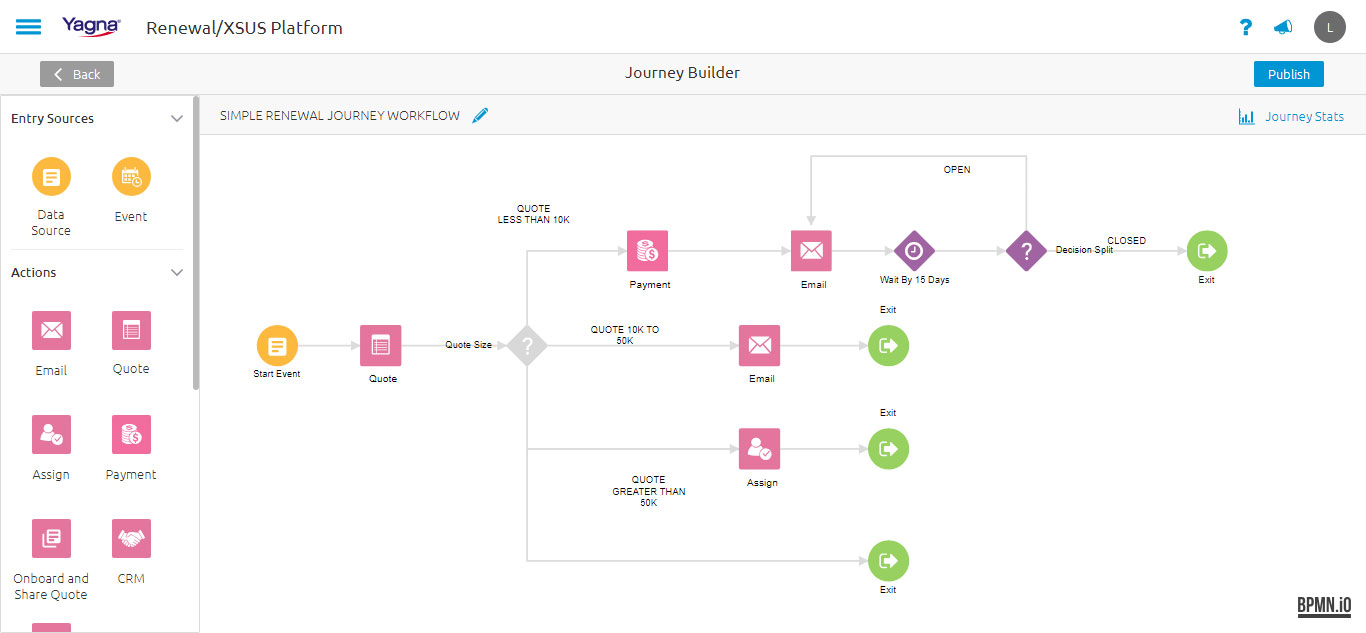
Why Channel Sales Lag: The CAM Principle and the Power of Automation
In a vendor’s channel-centric go-to-market strategy, the success of channel programs is pivotal in aligning sales with corporate goals. Such programs, often centered around Cross-sell or Upsell (XSUS) initiatives, aim to boost sales by offering special deals to existing customers or enticing them with new products. The challenge lies in motivating channel partners to prioritize and promote these programs over those of competitors. This is where the CAM principle—Clear, Attainable, and Meaningful—comes into play.
Clear
The desired outcome of a channel program must be crystal clear. Whether it’s acquiring new customers, increasing sales to existing ones, or refreshing end-of-life products, the program’s goals should align with both the vendor’s and the partner’s objectives. While the vendor’s sales team may be driven by set quotas, partners, especially resellers, are primarily motivated by product margins and finding new customers. Therefore, a program should be designed to generate more margin with minimal effort.
Attainable
Partners are inundated with programs from various vendors, making it crucial for your program to be perceived as attainable. If a program presents too many hurdles or has lofty goals without a clear process to achieve them, partners may opt for programs with competing vendors who offer higher returns with less effort. A well-crafted channel marketing program should consider the partner’s resources, business structure, and individual goals, ensuring it is easily navigable and aligns with the partner’s interests.
Meaningful
For a channel partner, the program’s significance lies in whether it contributes meaningfully to their end goals. Calculating the return on investment in terms of time and effort is essential. A program that “moves the needle” by generating additional margin or provides other tangible benefits will be more appealing. When presenting a channel sales program, highlight its meaningful results and address how it aligns with the partner’s goals and the competitive landscape.
Automation: Streamlining Channel Programs
In the complex world of channel sales, standing out requires making your program effortless for partners to deploy. Automation platforms, such as Yagna’s Channel Ecosystem Platform, play a crucial role in simplifying the go-to-market process. By leveraging AI and machine learning, these platforms streamline the identification of target customers and facilitate seamless communication within the multi-tier sales channel.
The benefits of automating channel programs include:
- Personalized Offers: Instead of generic emails or calls, customers receive tailored quotes directly from their trusted resellers.
- Effortless Promotion: Resellers can effortlessly promote and sell new products with minimal effort on their part.
- Trackable Effectiveness: Vendors can easily monitor and forecast the program’s effectiveness through a multi-tier channel.
The Automation Process
Focus on Target Customers: Utilize AI, machine learning, or custom logic to identify customers meeting specific criteria.


Create Campaigns: Design campaigns focused on customers meeting the specified criteria, allowing for customization based on commonly used channel campaigns.

Automate Journey: Create an automation journey to send leads to partners or customers, building custom quotes and updating lead lists as the campaign progresses.


Conclusion
- To build a successful channel sales program, adhere to the CAM principle: Clear, Attainable, Meaningful.
- In a competitive landscape, automation tools like Yagna’s Channel Ecosystem Platform stand out by making programs easy to deploy, ensuring they are perceived as attainable and meaningful with minimal effort.
- By embracing these principles and leveraging automation, vendors can maximize the effectiveness of their channel programs and maintain a competitive edge in the market.
